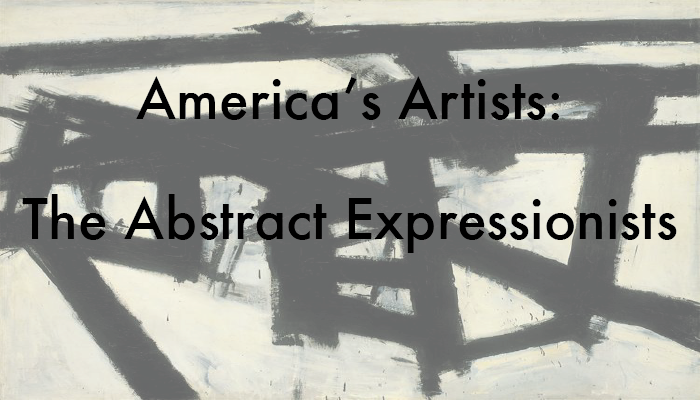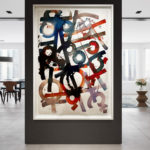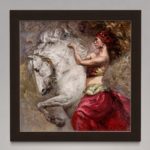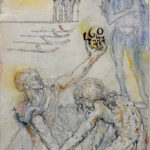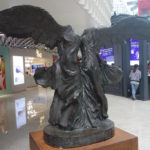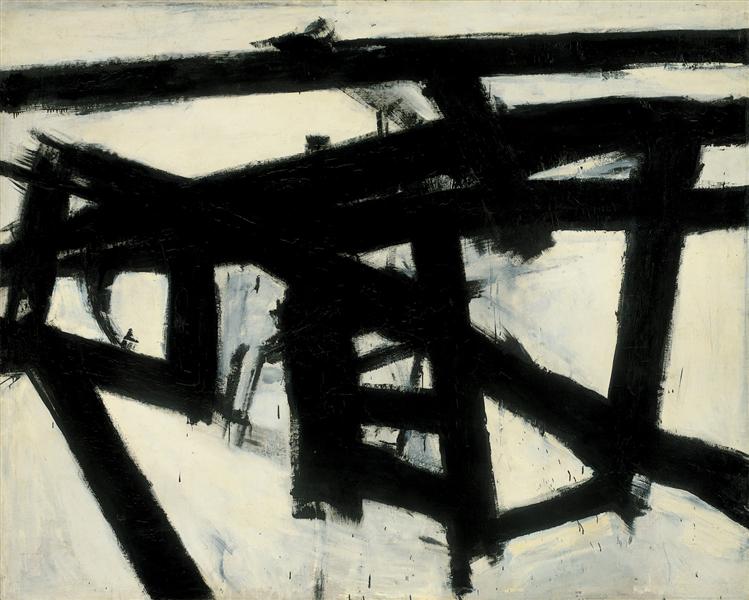
First coined by art critic Robert Coates, “Abstract Expressionism” was a 1940s post-war movement in American painting that included many of today’s most admired artists such as Jackson Pollock, Franz Kline, Mark Rothko, and Willem De Kooning. A great departure from figurative works, Abstract Expressionism has roots in Surrealism, which was prevalent in Europe before and during World War II. Artists of this new movement manipulated canvases from their subconscious, often using bold colors and allowing the art to develop on its own.
Inspired by the traumas of the postwar period, religion, existentialism, and notions of the the individual, these artists transformed the work on canvas from a pictorial representation into an emotional experience. Heralded by art critics such as Clement Greenberg as the most capable artists to produce works of aesthetic value, the Abstract Expressionist artists worked against traditional art historical conventions to usher in an era of new innovation that continues today.
Prior to World War II, Paris had been the epicenter of the art world. After many European cities were decimated by the war, artists of the United States began to garner attention in the 1940’s and 50’s. Not only did a large number of artists migrate to the United States, but major patrons of the art, such as Peggy Guggenheim did as well. Unlike today, New York city in the 1940’s had very few art galleries but what they lacked in artistic sophistication, they made up for in innovation and fervent collectors. The Abstract Expressionsts bloomed in a time while the rest of the world was still cleaning up the rubble.
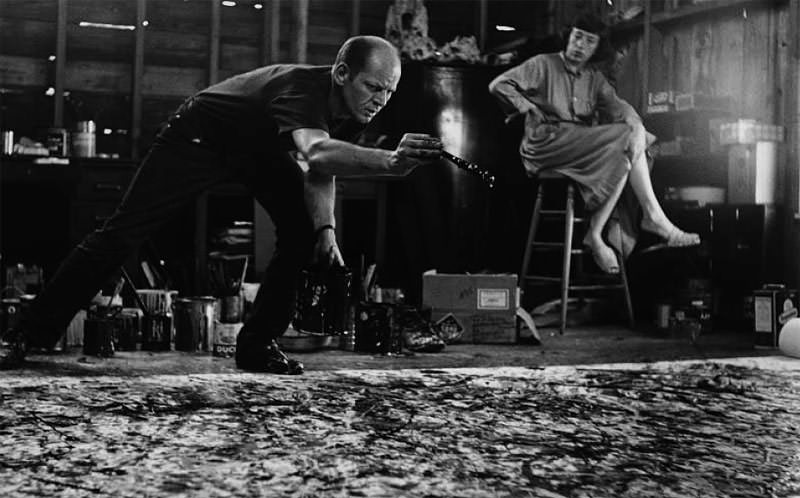
Jackson Pollock is perhaps the first artist to come to mind when thinking about Abstract Expressionism, and is regarded as the father of “action painting”. Pollock’s iconic drip paintings inspired a spirit of chance, consideration of materials, the decimation of the picture plane, and brute, primitivist, and calculated compositions. His bombastic personality complemented his spontaneous style that resulted in masterpieces such as “Guardians of the Secret”. Using oftentimes crude materials such as house paints, Pollock would unroll large swaths of canvas and walk around the canvas, dripping paint from his brush and creating the famous “birdnest” paintings he became most recognized for. The style was the first of its kind, propelling Pollock into an almost Godfather status of the Abstract Expressionist art movement.
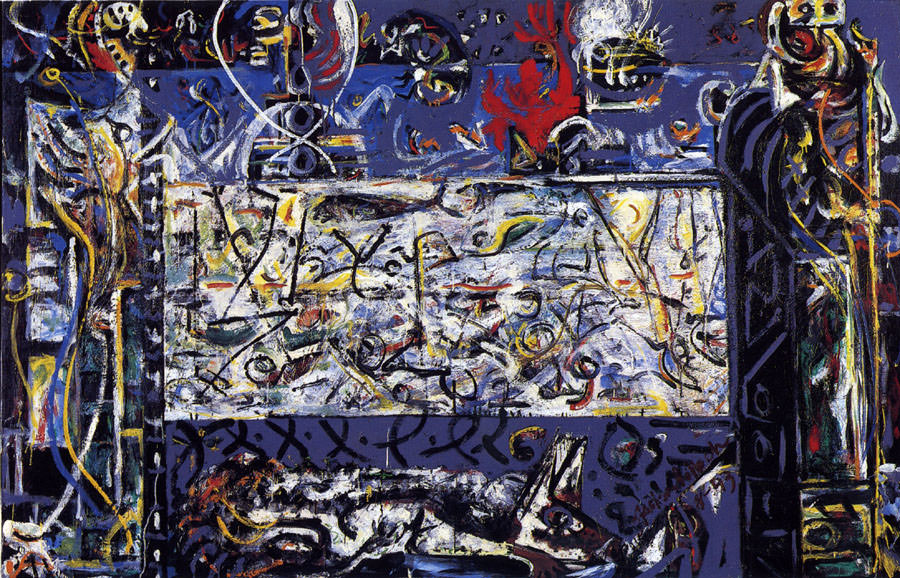
Franz Kline is easily recognized through his large scale black and white abstractions that often inspire evocations of cityscapes, calligraphy, power, and expressive force. After the influence of Willem De Kooning, Kline became a well-known action painter that aided in the establishment of gestural abstraction as high art. His powerful and evocative forms convert the two-dimensional picture plane into a palpable and emotional experience.
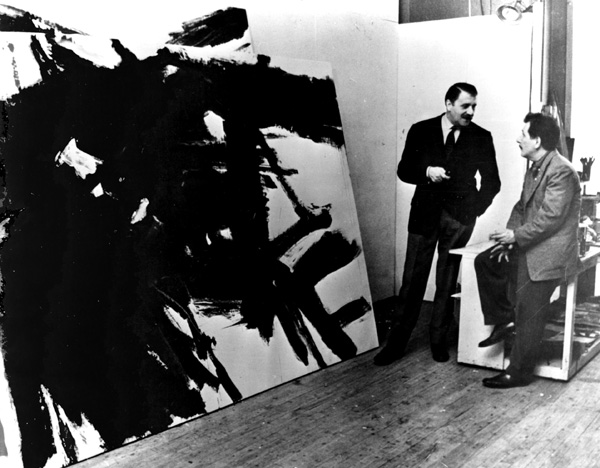
His striking works are a testament to the power of art as experience, and as his art purely exists within itself—a representations of an object’s most true existence. A new generation of Minimalists would soon find inspiration in Kline’s works.
While Franz Kline’s work oftentimes appears haptic, the artist would create tedious studies on newsprint before committing the work to canvas. His paintings were by no means accidental, but rather a very intentional use of positive and negative space. Many times Kline worked with projections on a wall, increasing the scale of household items such as rocking chairs and creating works of art based on his interpretation of the object. The result were rich, bold and easily identifiable paintings.
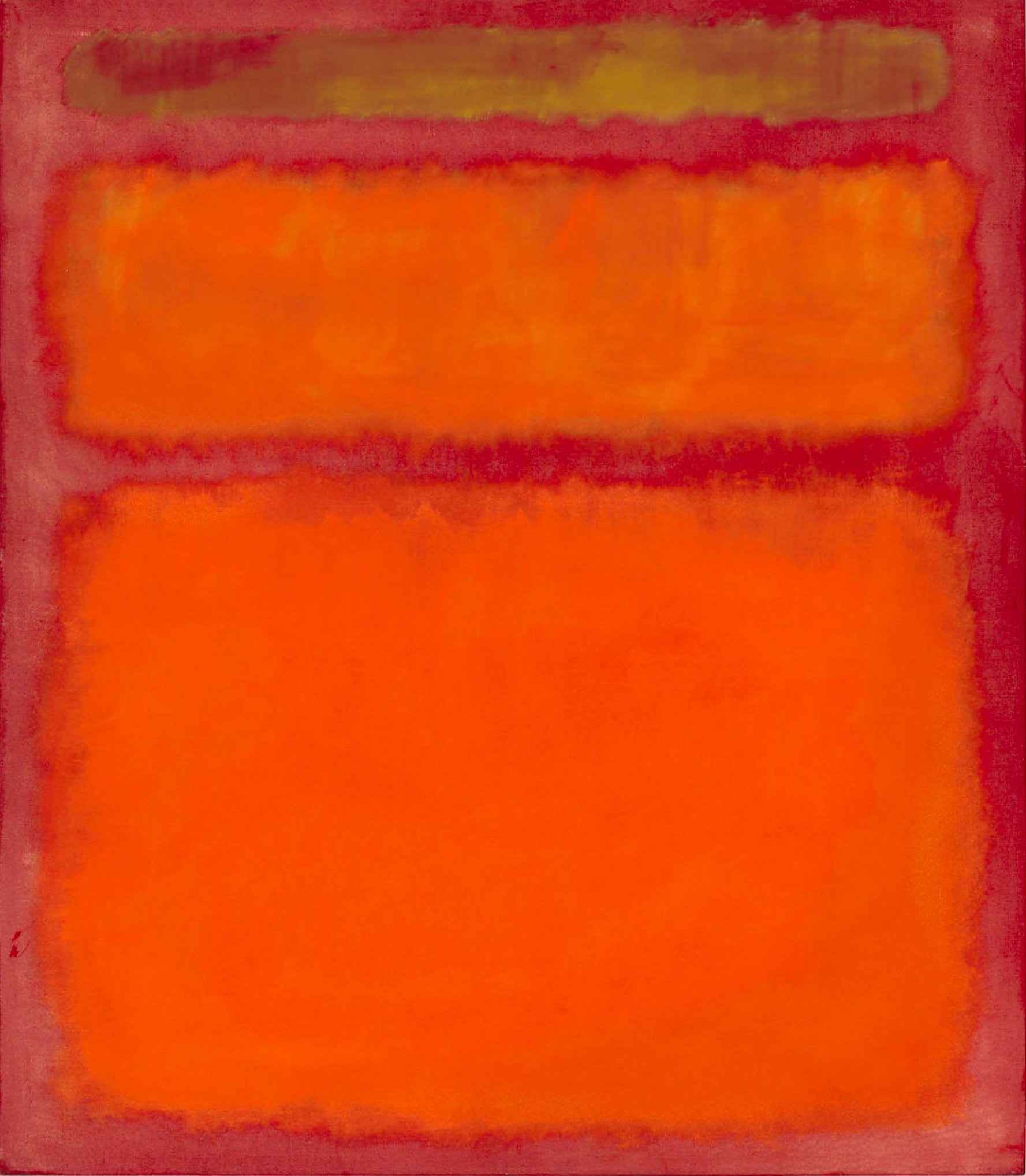
Moving fluidly through various artistic styles such as Surrealism, Rothko finally found his home in Abstract Expressionism as one of the most prominent Color Field painters. Constantly searching for meaning beyond the canvas, and methods to represent that meaning, Rothko arrived at his iconic Color Field paintings that carefully juxtaposed colors in deliberate layers in order to evoke a feeling of monumentality and spirituality. Replacing his figures with rectangles, the rectangular blocks of color evolve into an abstracted way in which man can immerse himself in the sublime. This direct communication between the viewer and the canvas Rothko hoped would communicate a purpose of higher spirituality.
Rothko’s paintings are perhaps some of the most recognized of the Abstract Expressionist art movement. Rather than relating colors to one another on the canvas, Rothko’s intention was to evoke in the viewer the emotion of being consumed. He was exceedingly particular about the scale and placement of artworks, oftentimes arranging his enormous canvases in such a way that those viewing the works were encapsulated by the bold use of color and size.

Despite being an Abstract Expressionist, Willem De Kooning never let go of the feminine figure that would dominate much of his art. De Kooning’s dynamic incompleteness in his canvases leaves the viewer enchanted—and ravenous for more. Quite an accomplished draftsman, De Kooning was perhaps the best trained of all of the Abstract Expressionists, and deviated from this norm in order to reflect upon the ideological and artistic void left behind from the post-war period.
De Kooning painted through abstraction not for his love of abstracted forms, but for his love of loading his canvases with every emotion involved in their creation: dramatic love, emotional pain, biting hate, and persistent thought. Though his artworks can appear crude in composition, the artist worked tediously on each canvas. Many of his paintings had been retoiled as many as 200 times. He would scrape the paint off and start again, piercing holes in canvases to manipulate the art until he believed it to be complete. To date, two or De Kooning’s artworks are in the Top 10 Most Expensive Paintings sold at Auction.
Today the legacy of the Abstract Expressionists is unfathomable. Their incredible ferocity of independence, vivacious styles, and bombastic personalities inspired the next generations of artists to break free of academic conventions and explore abstraction in increasingly inventive ways. Producing art that was both reactive to the the tumultuous events of the time, and absolute in the artist’s expressed truths, it is no wonder that the post-war and Abstract Expressionist artists are one of, if not the most, desirable purchases to acquire in today’s art market.
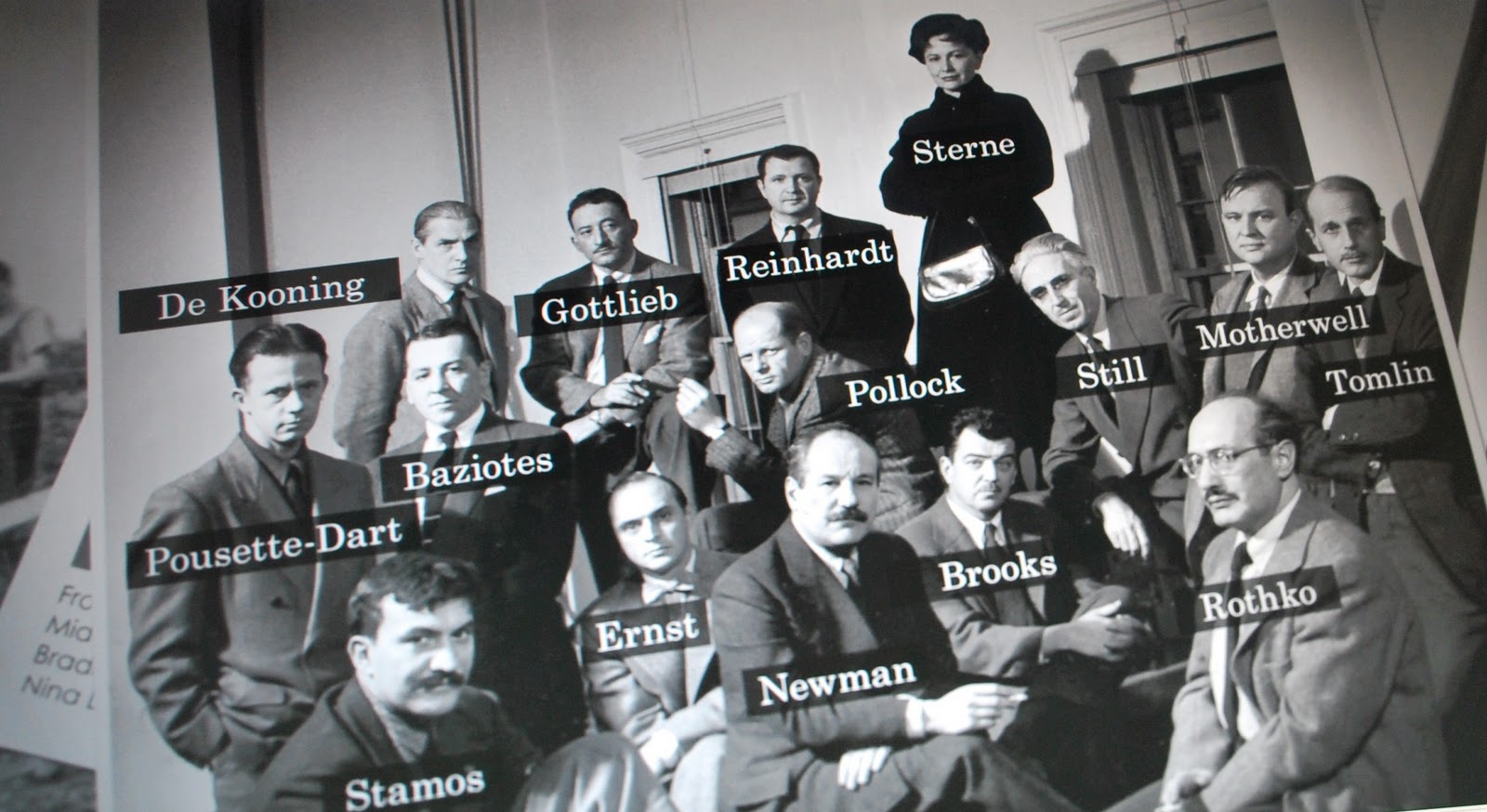
See our “Art Bite” VIdeo on the Abstract Expressionist art movement:
“America’s Artists: The Abstract Expressionists” All Content © Robin Rile Fine Art

